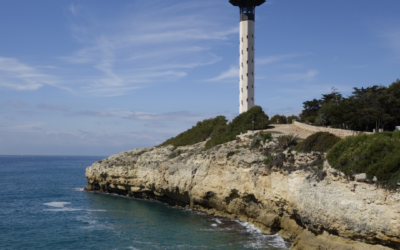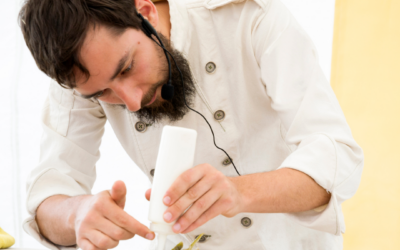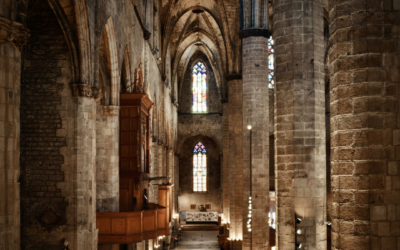The millenary history of the city of Barcelona requires a complete section in our blog, since many of the architectural gems that we visit when we go to the capital were built during the Middle Ages, a period in which Barcelona experienced a commercial and political growth, which turned this town into one of the most important in the Iberian Peninsula. Moreover, its great cultural diversity has been present throughout the centuries, enriching its neighbourhoods with different cultural and ideological currents.
At any time of the year, Barcelona is one of the essential places to visit. Entering its streets and discovering the most emblematic corners, as well as those more unknown, is the desire of millions of visitors, year after year.
If you do not want to miss anything of what we are going to explain in this article, you must consider that with Shuttle2Sun‘s shared transfer services and private transfer services, low-cost and sustainable, you can move to Barcelona from Barcelona airport, Barcelona port, Reus airport, Girona airport and Camp de Tarragona AVE train station.
Barcelona in medieval times
In the 9th century, Old Catalonia began to be divided into different counties, thus creating the County of Barcelona, under the rule of the Carolingian Empire, which managed to expel the Muslim people from the Iberian Peninsula. This empire lost its strength and the lineage of the House of Barcelona prevailed, leaving the County of Barcelona under the authority of Guifré el Pilós. In the 12th century, the different Catalan counties were unified, becoming the Principality of Catalonia, under the reign of Alfonso I.
It is worth noting that the city of Barcelona experienced a magnificent boom in commercial activity, becoming one of the most strategic points in medieval Catalonia. As a result of this growth in activity and population, the existing city walls had to be extended to include La Ribera and Sant Pere de les Puel·les districts, as far as La Rambla, as well as, later, Raval and Paral·lel districts.
Entrance gates to the medieval city wall
The origins of Barcelona’s city walls date back to the 1st century BC, when the emperor Augustus ordered them to be built to protect the city of Barcino (now Barcelona). This fortification, which surrounds the old centre of the city, has been altered over the centuries, undergoing numerous extensions to cope with the constant growth of the city.
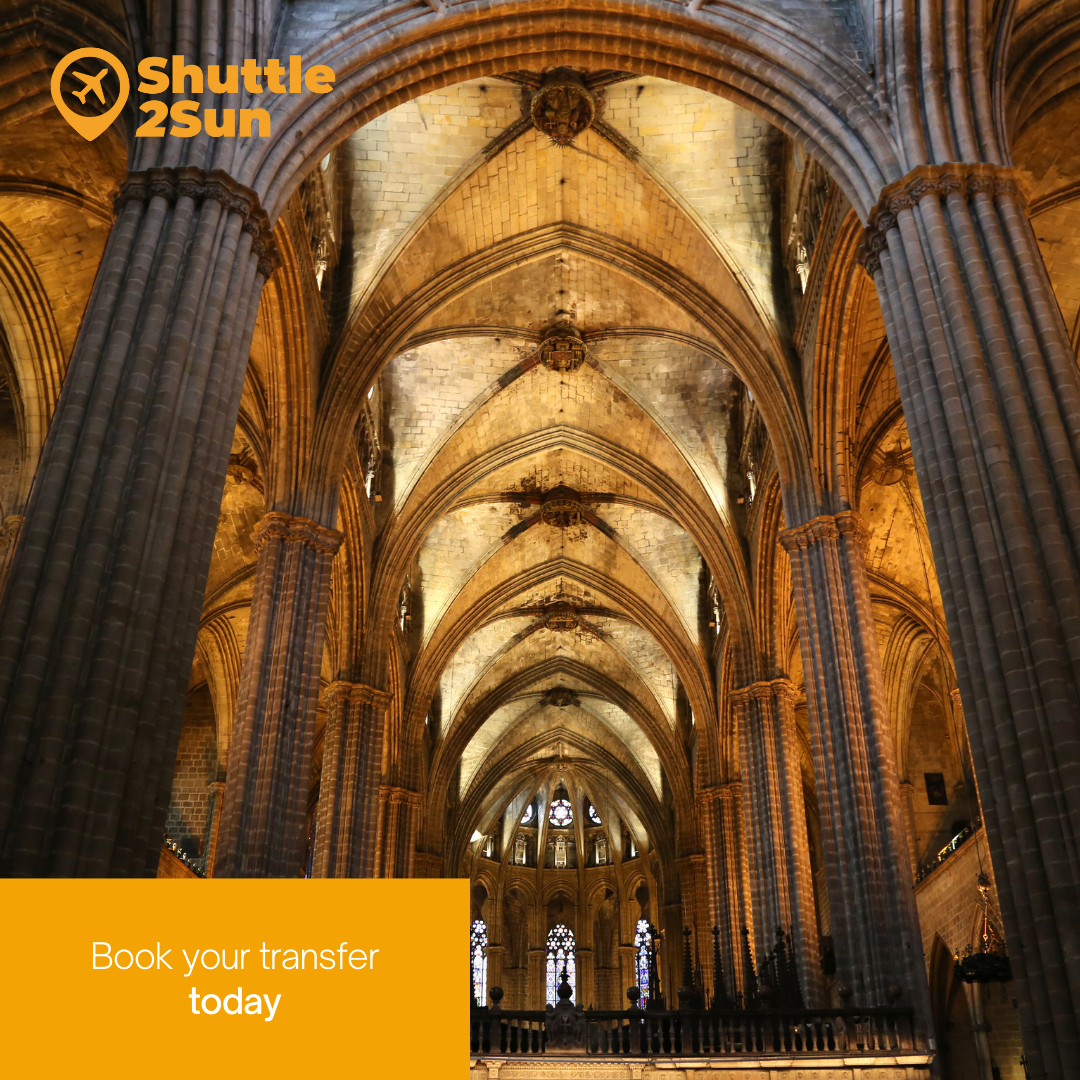
Today, different gateways that gave access to the interior of the walls remain. One of them is Portal de l’Àngel, one of the main avenues in the city today, which once connected the city centre with the village of Gràcia. Today, it has become one of Barcelona’s main shopping streets.
Another of the characteristic places that recall the old city wall is the Portaferrisa fountain, dating from the 17th century, which includes a ceramic mural that refers to the medieval life of the city, specifically, at this point of the wall, Ponteferrissa, as it was an iron gate, which gave access to the interior of the town.
If you want to know the wall of Barcelona, remember that with the shared transfer services and private transfer services, low-cost and sustainable, offered by Shuttle2Sun, you can get to Barcelona from Barcelona airport, Barcelona port, Reus airport, Girona airport and Camp de Tarragona AVE train station.
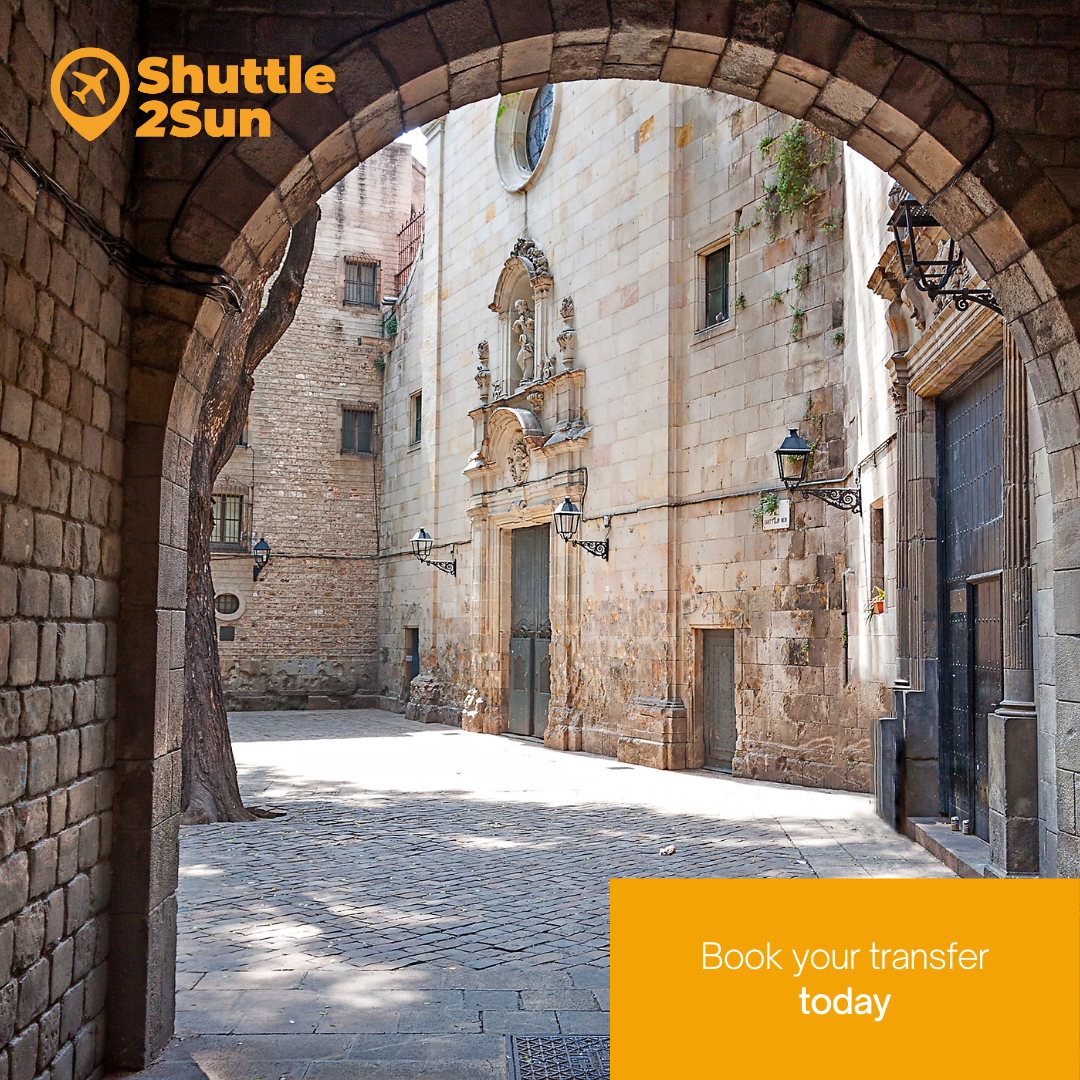
Medieval churches and parishes
The wealth of architecture in Barcelona during the medieval period is one of the city’s great attractions today. Some of the best known are the Gothic Barcelona Cathedral, built in the 13th century on the remains of the earlier Christian basilica and the Romanesque cathedral. And Basilica of Santa Maria del Mar, also in the Catalan Gothic style, built in 1329, due to the great growth of the Ribera neighbourhood.
You can also find other churches and parishes in medieval style, such as, for example, the monastery of Santa Anna, a church and former monastery, located near the current Plaça de Catalunya; Basilica of Santa Maria del Pi, declared an Asset of Cultural Interest, located opposite Plaça del Pi; and Church of Sant Jaume, in Carrer de Ferran, in Ciutat Vella district.
You can also visit the old monastery of Sant Pau del Camp, a Romanesque-style building, located in El Raval; the parish church of Sant Pere de les Puel·les, in Carrer de Lluís el Piadós; the old convent of Santa Caterina, in Ribera district, founded in 1243, on the initiative of the bishop of Barcelona, Berenguer de Palou; the Convent of Sant Agustí, nowadays converted into a civic centre; and, a little further away, the Royal Monastery of Santa Maria de Pedralbes, a building founded in 1326, where you will find great artistic treasures and a beautiful medieval-style garden.
The Jewish quarter of Barcelona
The Jewish quarter of Barcelona, popularly known as Call, is in the Gothic quarter of the city. The Jewish quarter of Barcelona was divided into two: Call Mayor, between the streets of Banys Nous, Sant Sever, Bisbe and Call; and Call Menor, around the church of Sant Jaume.
This area is ideal for strolling through its narrow streets, where you can discover charming places, such as the old Jewish ritual baths; the Synagogue, on Carrer Marlet; and the fountain where they got their water, which you’ll find on Carrer Sant Honorat. Finally, if you visit the Jewish quarter, don’t miss the Centre d’Interpretació del Call, a museum where you can learn all about the history of this neighbourhood.
Other emblematic buildings
During your stay in Barcelona, don’t miss the following buildings: Castell Nou; Palace of the Generalitat; Archbishop’s Palace; Plaça del Rei; Pont del Bisbe; Casa de la Ciutat; the market in La Ribera neighbourhood; Drassanes Reials; Llotja; and the old Hospital de la Santa Creu, among others.
Remember that Shuttle2Sun offers its shared transfer services and private transfer services, low-cost and sustainable, to Barcelona, from Barcelona airport, Barcelona port, Reus airport, Girona airport and Camp de Tarragona AVE train station.

